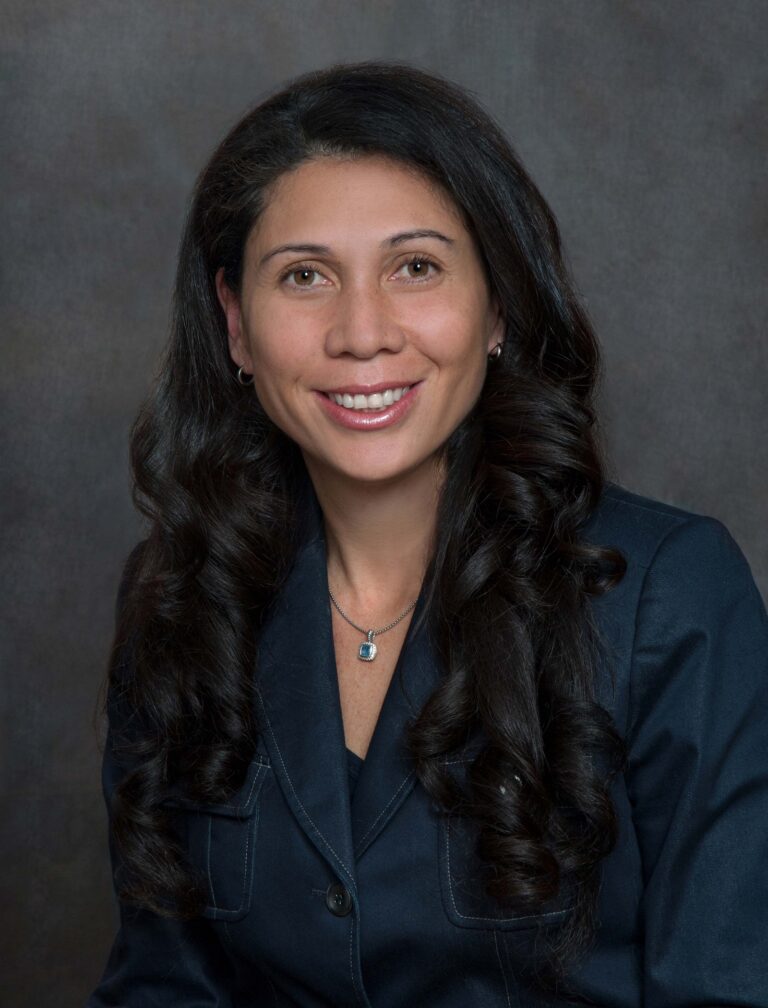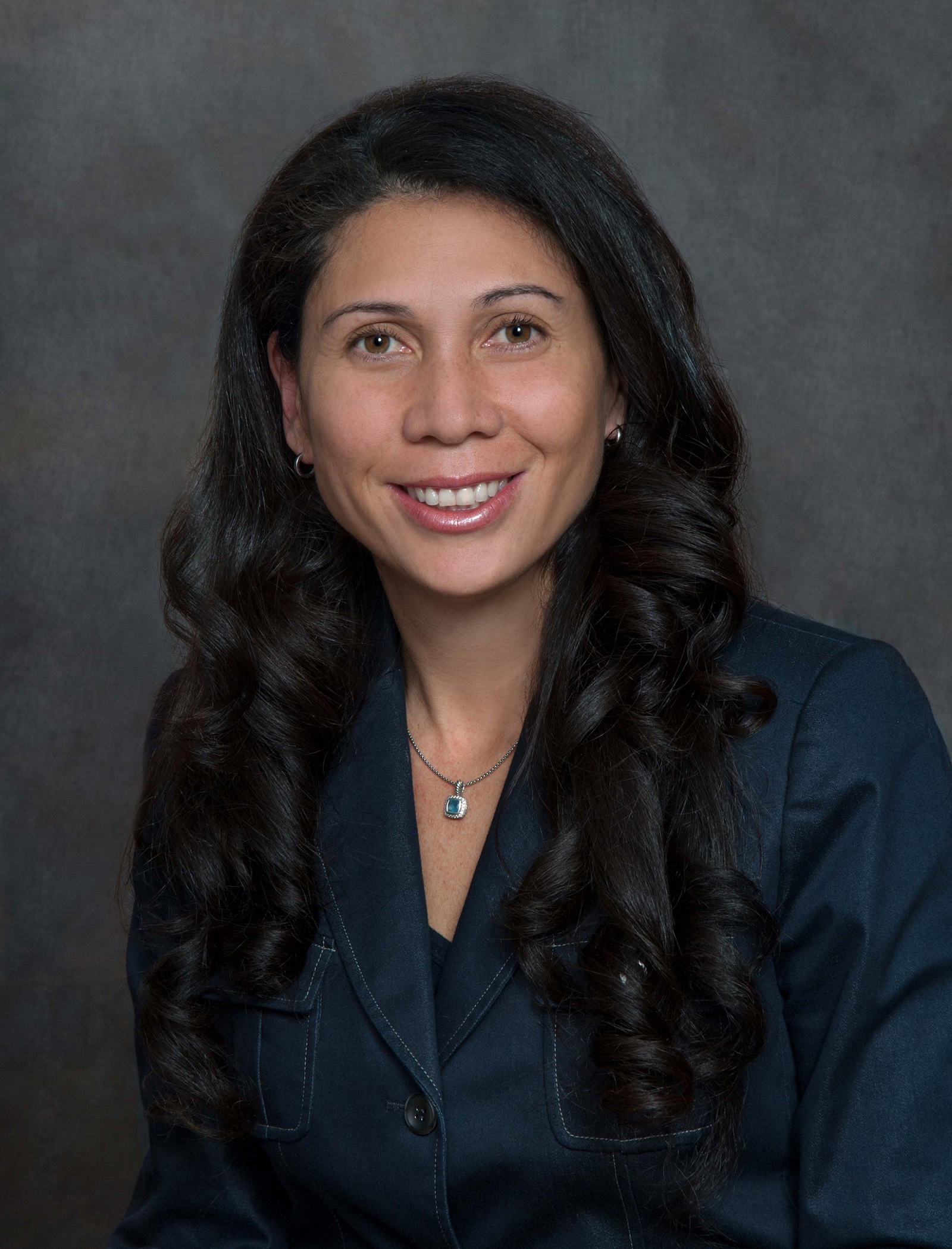
Samantha Jones
Executive Vice President and Division Executive, Southern CA Division
Wells Fargo Commercial Banking
The year 2020 has presented unique challenges and interruptions across all aspects of our lives, but it does not stop us from celebrating the various accomplishments and achievements of women leaders of color! Throughout the month of August, we will spotlight these amazing women and share their unique perspectives, philosophies, and stories.
________________________________________________________________________________________________________
Samantha Jones paved her path to success from humble beginnings, thriving and establishing herself in the banking industry. As Executive Vice President and Division Executive for Wells Fargo Commercial Banking’s Southern California division, she leads a team serving commercial customers’ unique financial needs with annual revenues ranging from $5 million to $1 billion. Samantha prides herself for handling tough situations with compassion. She kickstarted her career by working at Morgan Stanley in the Real Estate Group. As a first-generation college student, Samantha earned her Bachelor’s degree in Economics with a minor in Management at Spelman College in Atlanta and her MBA in Finance and Real Estate from the Wharton School of Business at the University of Pennsylvania.
Her extensive experience and strong leadership in the banking industry drew our attention, so we reached out to learn about how she successfully navigated through her journey:
________________________________________________________________________________________________________
What do you still want to accomplish?
Samantha Jones: As a female leader in the banking industry who came from modest beginnings, I have learned that it’s important to give back and help others. The current pandemic and the country’s movement for racial justice has driven this home for me more than ever before.
Growing up, I didn’t have a lot of ‘extra’ to give others. I was taught you should go to work, get the job done, and be quiet about personal matters. Around Juneteenth this year, however, I heard that some employees in our organization didn’t feel like their voices mattered. They were unsettled, and they didn’t feel like they could be themselves at work.
At first, I was hesitant to get involved, but one of my direct reports encouraged me to share my story. I pulled the group together, listened to how they felt, shared my own experiences, and provided a safe space for them to be open and honest. I quickly realized the positive impact of providing an outlet for the team to share how they were really feeling in a supportive environment. It ended up blooming into a discussion reaching many more people than I originally expected. It was a lesson learned – change needs to happen at the top of an organization, and I have a role in sparking that transformation.
Leaders have a responsibility to take care of employees and make sure they know they matter. It’s my goal to continue to help others excel, to lead in a way that empowers team members to be the best versions of themselves.
The pandemic has shifted the way a lot of industries do business. How are you leading your team through these unprecedented times? Have you found any silver linings?
SJ: The pandemic forced my entire team to work from home. It was a challenge to organize logistically, but once things were in place, we focused on making sure our customers were cared for as well. Continuing to focus on caring for our customers brought us together in a new way.
In addition to the pandemic, we experienced unprecedented times with the movement for social justice following the tragic events that unfolded after the killing of George Floyd. When I reflect on how I led and how I might offer suggestions for others to lead during times like this – both through the pandemic and the fight for racial justice, a few thoughts come to mind:
Know your people. Understand where your teammates are and where you need to meet them. Some people have deeply rooted fears and assumptions that may need to be cared for.
Just sending an email isn’t enough. If you are a leader, sending an email in support of a cause isn’t enough. Pick up the phone and call your team to see how they’re doing. Know the conversations will be tough, but be willing to have them.
Be real. Share examples to demonstrate your experience, and be open to hearing about others’ experiences. Whether you are pulling back the curtain on how much you dislike working from home, or getting more serious on how impacted you’ve been by racism at work, do your best to be authentic.
Listen and learn. Treat these conversations as an opportunity to truly learn more about each other. Do not be defensive or make the conversation about yourself. Let your guard down, listen, and learn.
What advice would you give to women of color who aspire to lead and make change?
SJ: Earlier, I mentioned I came from modest beginnings. I am a first-generation college graduate. My biracial parents had to get government approval for their marriage in 1967. Given my background, I did not grow up knowing the ins and outs of corporate America.
Thankfully, I had great women of color who helped me learn. I recommend women of color find ways to broaden their network and find mentors who can introduce them to new circles. Exposure to professional circles is a privilege, and as women of color, we have to work hard to get access to those circles.
At one time I heard I was known to be good at ‘cleaning up’ tough situations, which gave some people the impression that I was uncaring and hard to work with. The truth is, I get things done, but I do it in a compassionate, caring, and empathetic way. Basically, treat people how you would want to be treated. I’m confident in my abilities and I encourage other women of color to do the same. Be true and authentic. Be willing to expose yourself to new situations – both will benefit you in the long run.
Having a “daily routine for success” has been shown to improve mental, physical, and emotional health. Do you have a daily routine?
SJ: In the beginning of the pandemic when my team was starting to work from home, I challenged everyone to pick a habit to work on. I asked them to think of the experience as an opportunity to better themselves during a time that was obviously hard for everyone.
For me, I started walking regularly – sometimes with my dog, Pepper, sometimes with my kids. These days I’m walking at least 25 miles per week. Within three months, an hour of exercise has become a normal routine for me, and it’s never been that way since high school. My walks are getting so long now that my kids sometimes don’t want to do it with me anymore. Setting this goal taught me I CAN do hard things, even in difficult situations. Now that I’ve got my walking down, I’m motivated to set a new goal – and I see strength training being added to my schedule soon!

